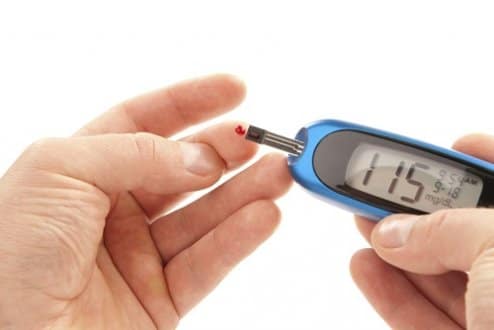What is a glucometer?
A glucometer is an important medical device that is used to measure blood glucose levels from home. This device, which is also known as a diabetic blood glucose test meter, is a key part of your home glucose monitoring kit and is commonly used by patients with diabetes. Diabetes is a condition characterized by high levels of blood glucose as a result of the body becoming resistant to insulin. Patients with diabetes are required to monitor their blood glucose levels regularly, so that they can prevent their blood sugar from reaching dangerous levels. A diabetic patient is required to share the results with their doctor so that they can determine if there is a need to change medication doses. Blood glucose results can also help your doctor determine how other factors in your treatment program, like exercise and diet, affect your blood sugar levels. It is important you follow the recommendation of your doctor on how many times you need to test your blood glucose levels using a glucometer.
Different types of blood glucose meters
There are different types of diabetes meters, ranging from basic to advanced models, available in the market today. The basic models come with easy to use features. Advanced models have advanced features, such as apps, that allow you to share your results with your doctor. There are some types of blood glucose monitoring devices that can check your ketones as well as your blood glucose levels. Such devices are suitable for diabetic patients who are at risk of having ketoacidosis.
It is important you know how to choose a glucometer that is suitable for your own personal needs. In case you have vision problems, go for devices with audio.
Examples of glucose-measuring devices with audio include
- Element Plus
- Prodigy
- EasyMax Voice
- Fora
Other medical devices like EasyMax Light, FreeStyle Lite and OneTouch Ping come with display light for easy readings of blood sugar levels.
Doctor’s Recommendation
Get a glycated hemoglobin test every 3 months, along with regular glucose checks at consistent times. The physician can make medication adjustments by observing overall trends with the totality of the data.
—



